Too many hypermarkets, falling non-food sales and a struggling international business. Carrefour’s travails when CEO Georges Plassat took over two years ago sound eerily similar to Tesco’s problems today, and yet Carrefour has turned things around.
Last week, the French supermarket, which pioneered the hypermarket in Paris in 1963 followed by Tesco in this country five years later, delivered its best growth in five years - with second-quarter sales up 4.9% on an organic basis to €20.5bn. It even managed to chalk up some modest growth from its French hypermarkets.
So are there lessons from Carrefour for Tesco’s new boss Dave Lewis? Bernstein analyst Bruno Monteyne in fact believes the example of Carrefour is more of a warning sign to Tesco of how bad things could get.
“Tesco is not at the same stage of disorganisation, but it shows how much worse it could get before it gets better,” he says. “Fundamentally they have the same problem. Both fail to offer anything that its neighbour doesn’t do better - in Carrefour’s case that is rival Leclerc for price, and the local artisan or market for quality.”
“When you’re coming back from the dead, improvement looks more striking,” quips Planet Retail analyst Ildas Aitamer, while Monteyne says “the patient is now out of the emergency ward and in the sick ward.”
Failed and expensive efforts to reinvigorate Carrefour, such as the creation of the Carrefour Planet format that set out to make hypermarkets into department stores, and years of falling sales volumes ate into margin.
Whereas Tesco still has a trading margin of more than 4%, Carrefour’s margins have slumped to 1.2% today, and as profits shrank, so did the share price. Carrefour shares fell more than five times in just over a decade from more than €0.80 in 2000 to a low of less than €0.15 before Plassat took over. Having fallen by little more than a third from their all-time high, Tesco shares have a long way to fall before they reach such a low.
Plassat cut out the worst of the dead wood, exiting underperforming markets like Greece, Malaysia and Singapore, and focused energy on transforming the fortunes of France, Spain, Belgium and Italy. He was able to exploit some easy wins.
Mark O’Hanlon, a senior manager at Kurt salmon, says Carrefour probably won back several percentage points in sales growth just by changing store layouts. “Two years ago, there was a jumble sale quality to parts of Carrefour’s stores. There was far too much product and it was hard to find the items bought most frequently.”
By contrast, he says Tesco’s merchandising is a strength. But there are still some examples of good practice that Lewis may want to study, he suggests.
As part of the recent overhaul of Carrefour’s stores, it has also simplified its promotional offer - focusing on fewer, bigger deals. The change is part of a big effort from Plassat to make stores easier to shop and the messaging easier to understand. “Carrefour used to have 101 different messages in store but it has now got rid of a lot of PoS and focuses on one or two key messages,” says O’Hanlon.
For Tesco’s new boss, could simplification be the most relevant lesson? Besides being bombarded with different price promotions and claims that everyday prices are down and staying down, Tesco shoppers today have to navigate myriad coupons including Clubcard coupons, Clubcard Fuel Save points, £4 coupons on baskets of more than £30 and Price Promise coupons. It is a complex web that shoppers have to invest energy in to get maximum value for money. Lewis may decide that less is more.



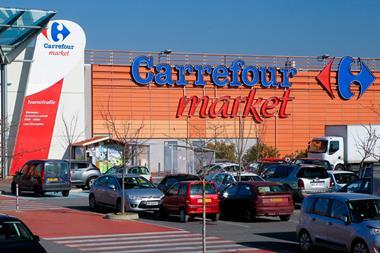
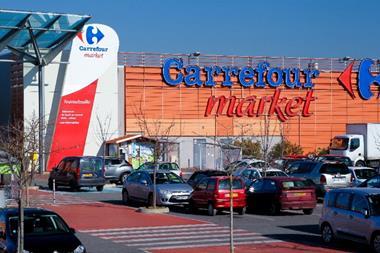
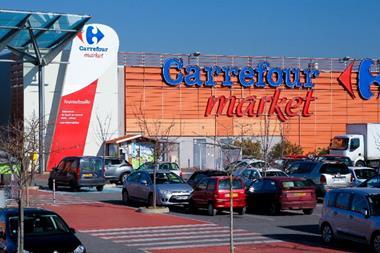






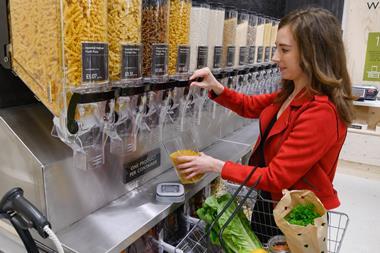
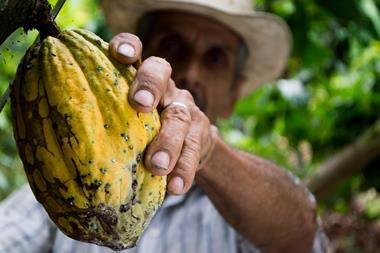

No comments yet